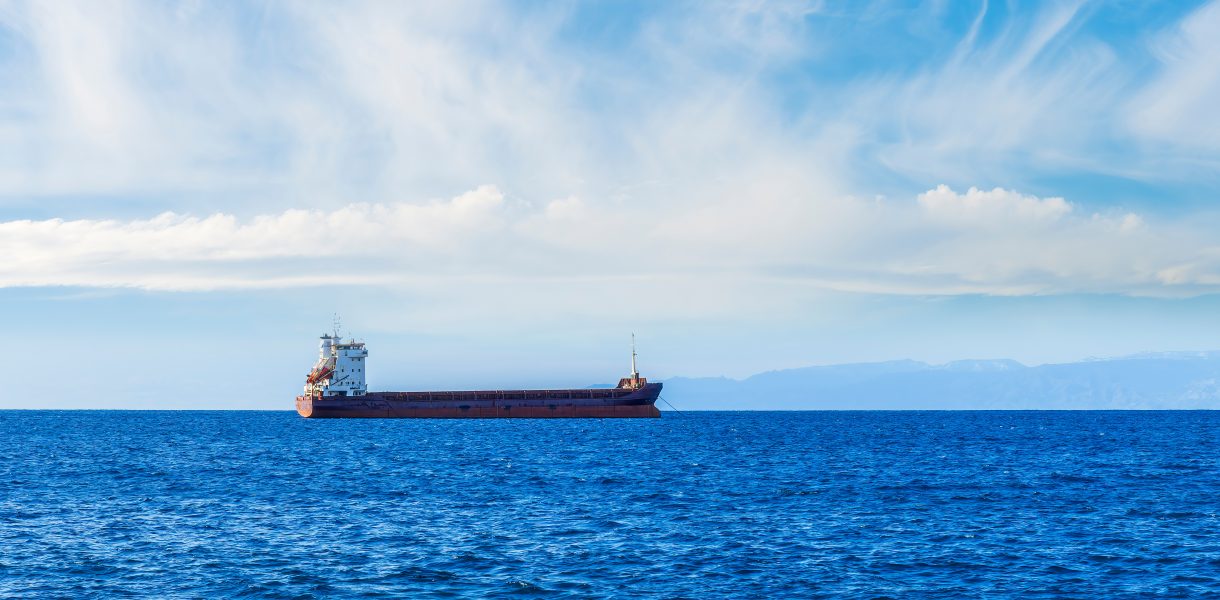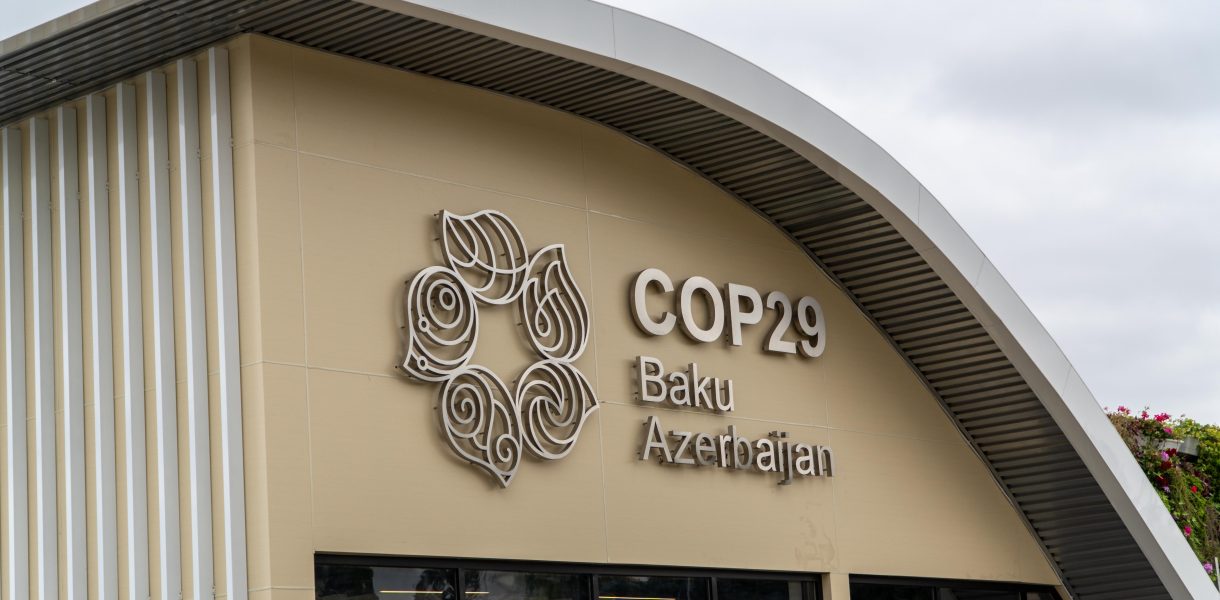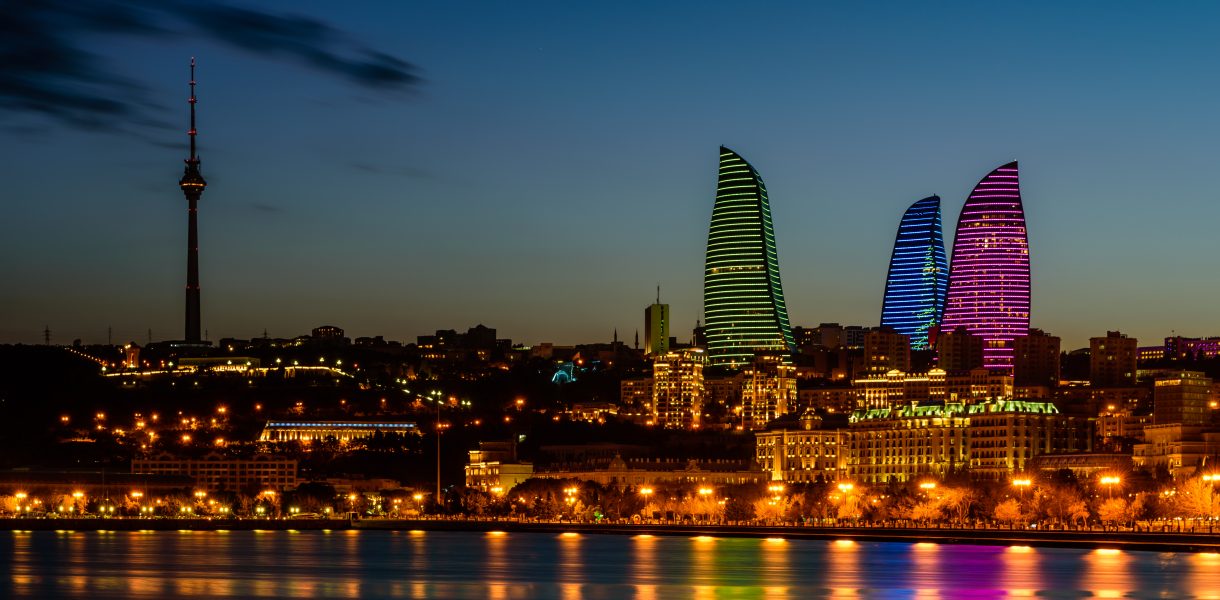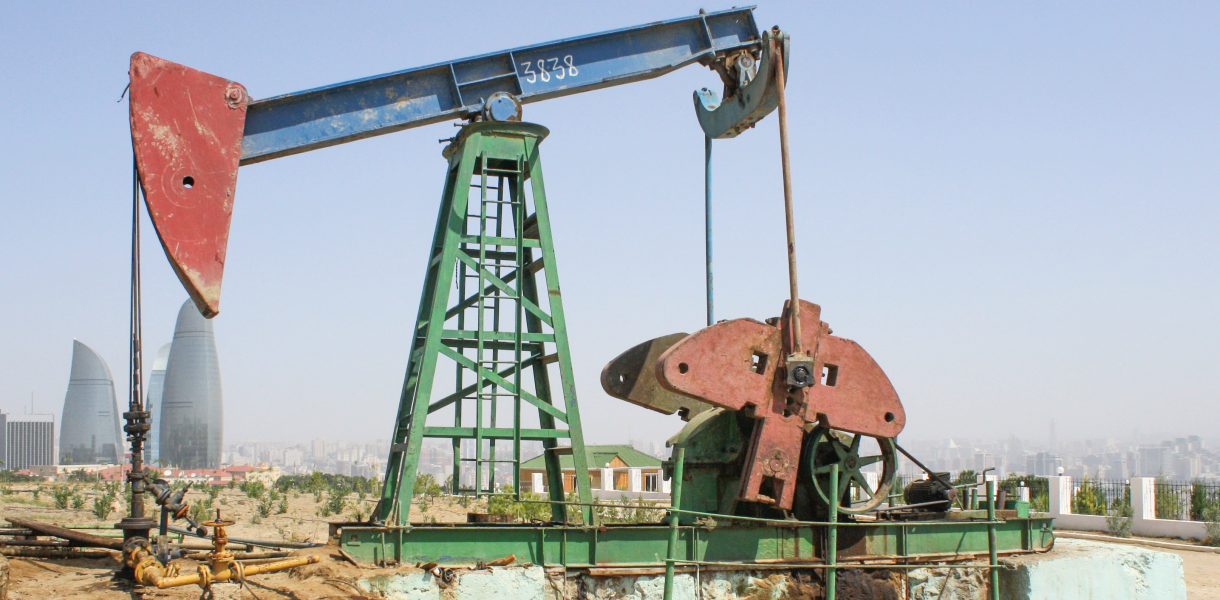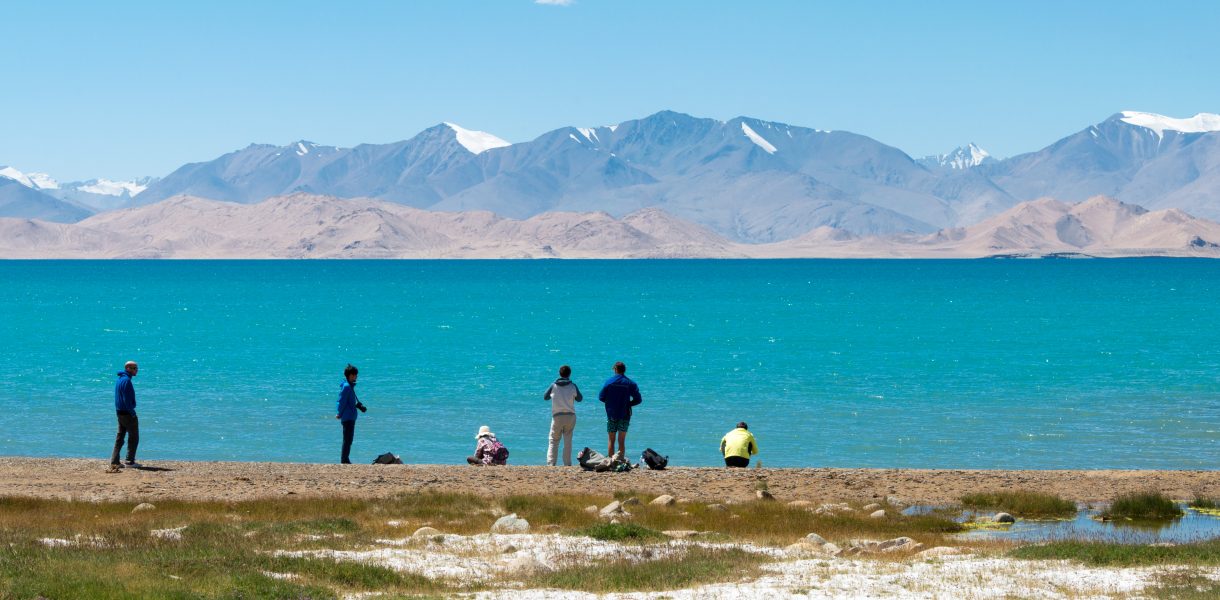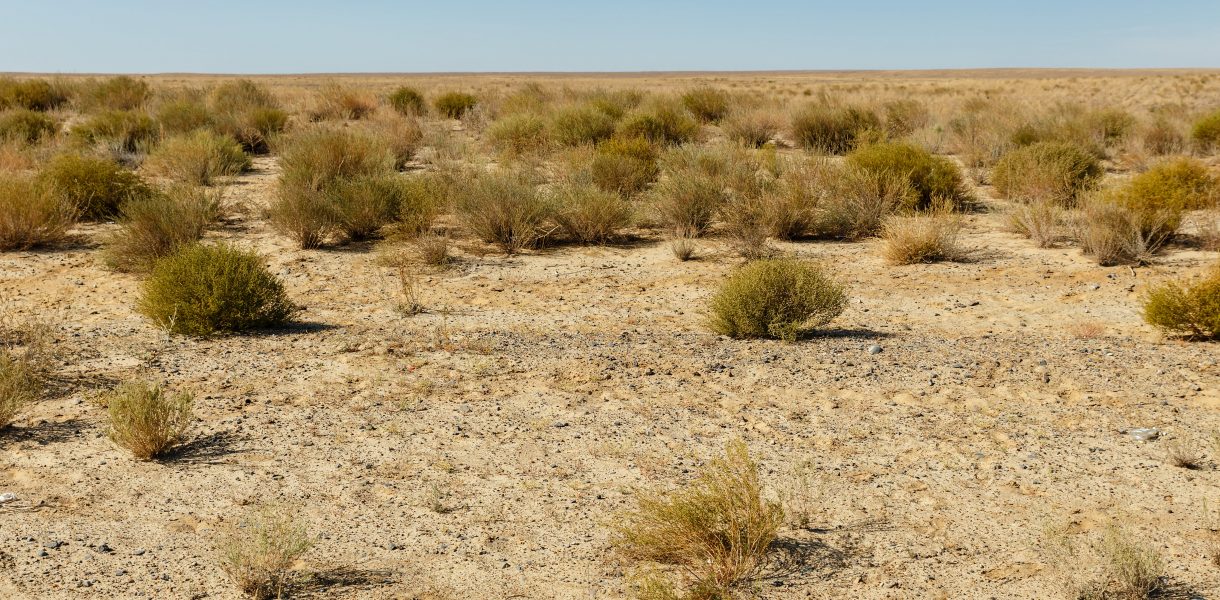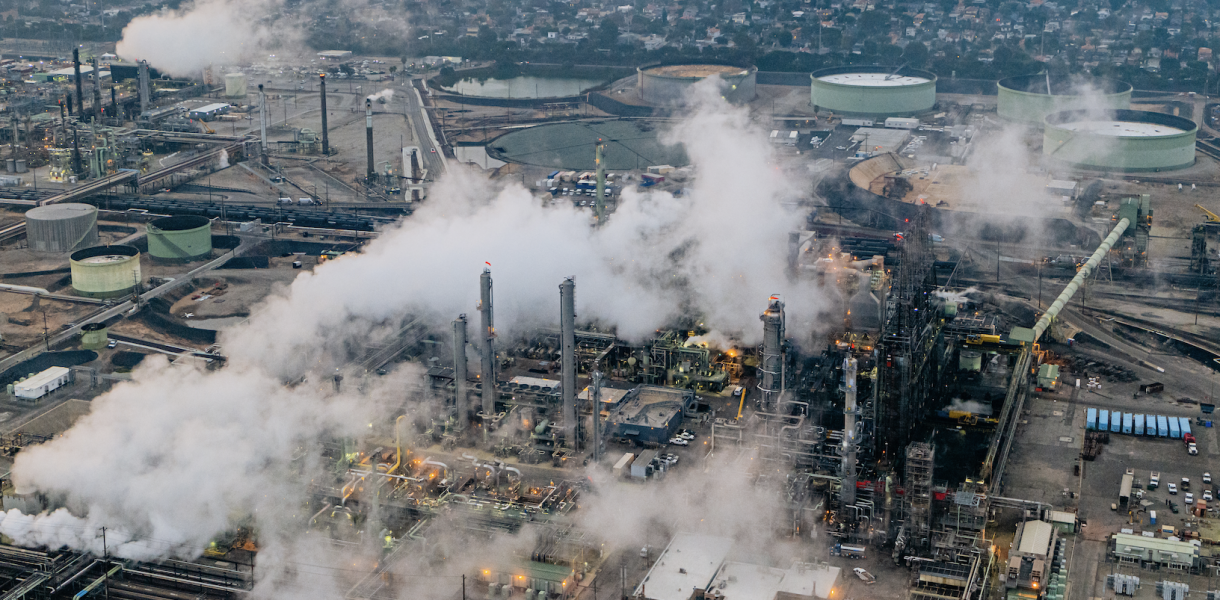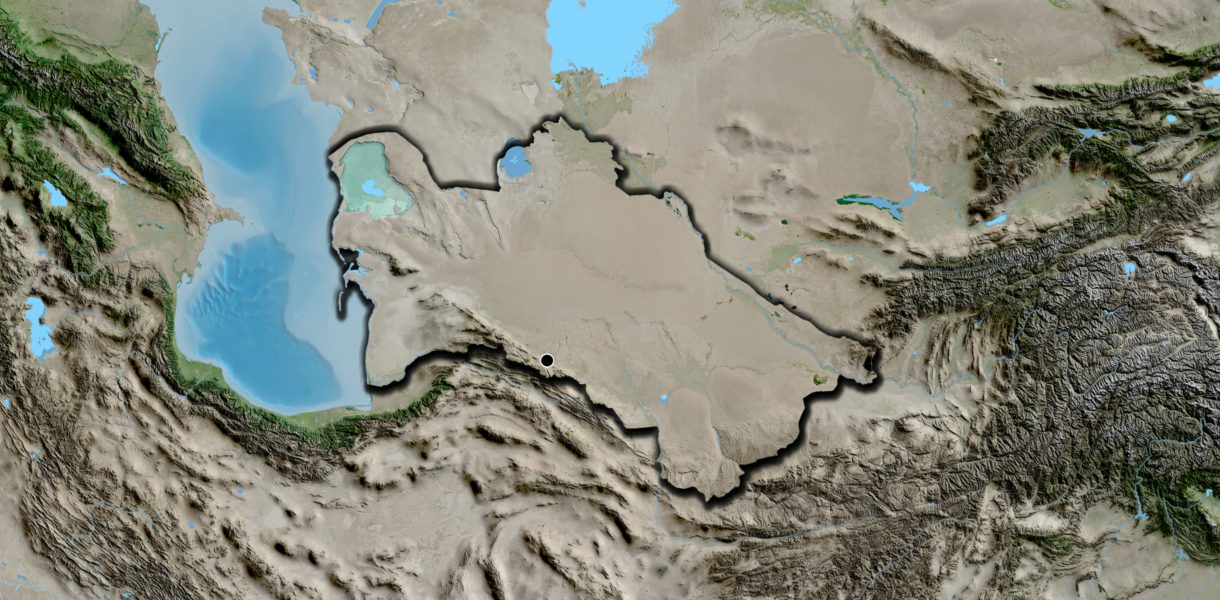One of the most controversial examples of bilateral cooperation between our region and its neighbors over the past decade is the Belt and Road Initiative, …
How can the Belt and Road Initiative and environmental interests be combined without conflict?
There are high hopes for investments, infrastructure development related to the Chinese mega-initiative Belt and Road in Kazakhstan and other Central Asian countries. However, the …
Is EIA still there?
We devoted a series of our recent publications to such important and complex concepts as “Environmental Impact Assessment” and “Strategic Environmental Assessment.” And we did …
Public Participation: Expectation vs Reality
We have recently dedicated much time to discuss such complex topics as environmental assessment. However, even though “strategic environmental assessment” and “environmental impact assessment” terms …
Strategic Environmental Assessment: Slowly, but Surely
What is strategic environmental assessment or SEA? Unfortunately, not everyone is familiar with this concept. Even environmental activists and the concerned public in Kazakhstan and …
Is there a place for EIA in our lives?
The expert believes that the new edition of the Environmental Code does not cover many types of activities requiring EIA and public participation. The method …
How to protect the environment with the help of the stock exchange
How and based on which principles are the projects being implemented by the Chinese side under the Belt and Road Initiative? The other important question …
SEA: Forewarned is Forearmed
“Strategic environmental assessment, building the capacity of the participants to conduct a strategic environmental assessment of documents relating to BRI” – this is how self-explanatory …
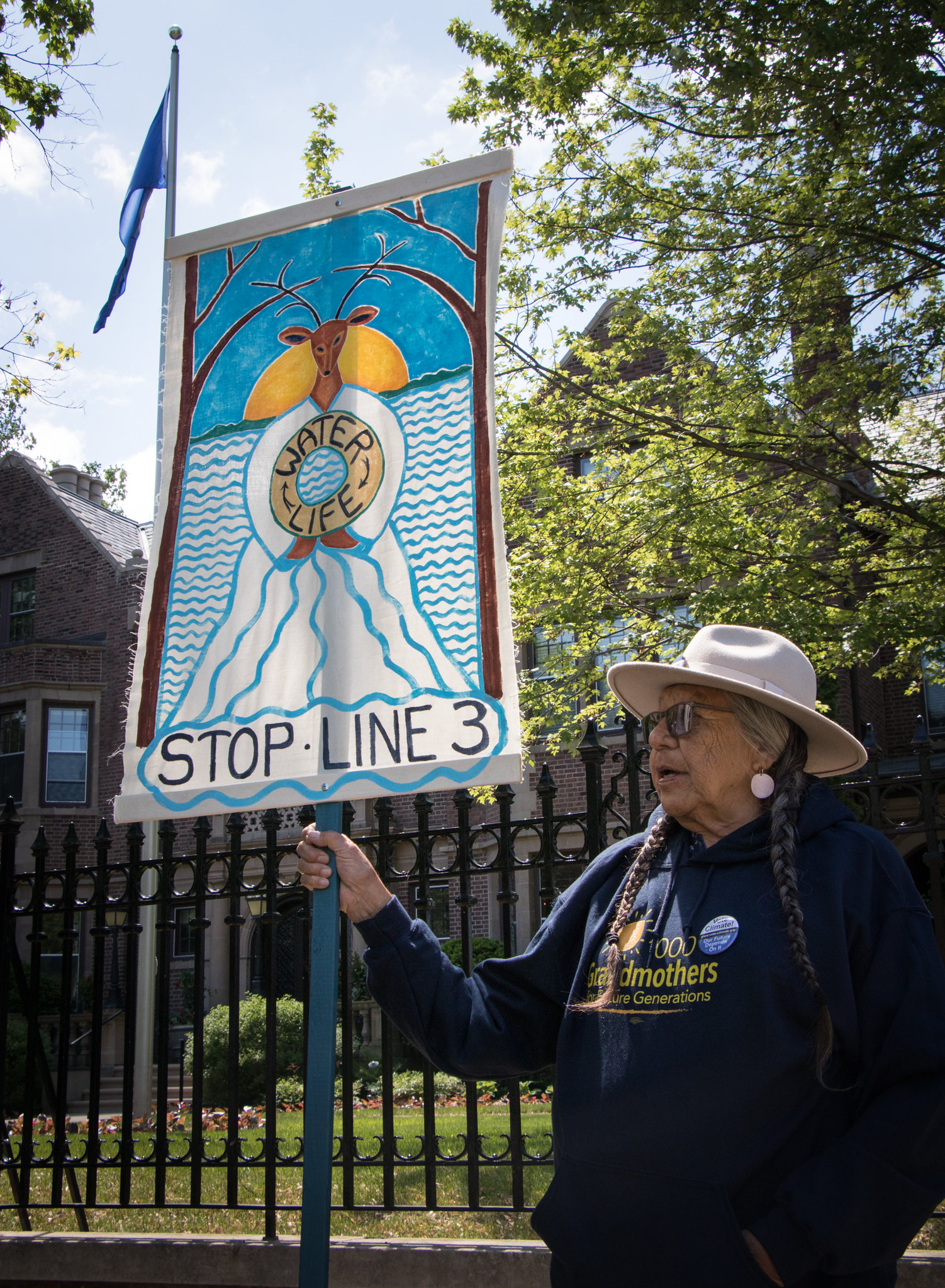
From the Frontlines
Indigenous women, young and old, are leading the struggle against the Line 3 pipeline that would bring a million barrels of tar sands a day from Alberta, Canada to Superior, Wisconsin. The proposed pipeline route crosses pristine wetlands, the land of the Anishinaabe people, and traverses the Mississippi headwaters to Lake Superior.

